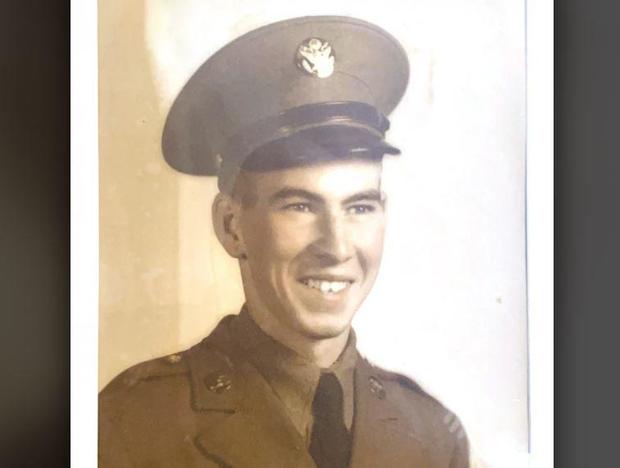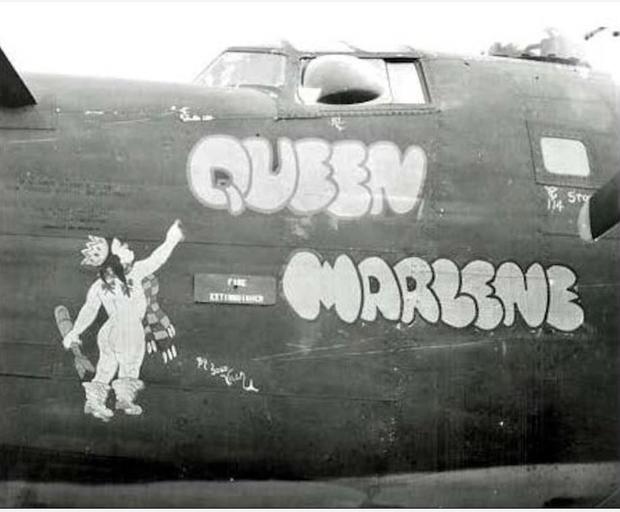Missing U.S. airman is accounted for 79 years after bomber "Queen Marlene" shot down in France
A U.S. Army Air Force gunner's remains have been accounted for nearly eight decades after the heavy bomber he was flying in was shot down over France during World War II, military officials said Monday.
Staff Sgt. Franklin P. Hall, 21, of Leesburg, Florida, was identified in July by scientists who used anthropological and DNA analysis, the Defense POW/MIA Accounting Agency said in a news release.

Hall was assigned to the 66th Bombardment Squadron, 44th Bombardment Group (Heavy) in the European Theater in January 1944, officials said. The airman was the left waist gunner on a B-24D Liberator called "Queen Marlene" when it was attacked by German air forces near Équennes-Éramecourt, France.
"German forces quickly found the crash site and recovered nine sets of remains, which were then interred them in the French cemetery at Poix-de-Picardie," officials said.
However, Hall's remains were not accounted for after the war, and he was declared non-recoverable on March 1, 1951.
Ongoing research into soldiers missing from combat around Équennes-Éramecourt eventually led to the discovery of two sets of remains buried in Normandy American Cemetery, an American Battle Monuments Commission site. The remains were disinterred in 2018 and transferred to the DPAA laboratory, where one set was identified as Hall.
Hall's name is recorded on the Tablets of the Missing at Ardennes American Cemetery, France, along with others still missing from WWII. A rosette will be placed next to his name to indicate he has been accounted for.
Hall will eventually be buried in Leesburg, Florida, though officials didn't say when.

The DPAA has accounted for 1,543 missing WWII soldiers since beginning its work in 1973. Government figures show that 72,135 WWII soldiers are still missing.
DPAA experts like forensic anthropologist Carrie Brown spend years using DNA, dental records, sinus records and chest X-rays to identify the remains of service members killed in combat.
The Nebraska lab that Brown works at has 80 tables, each full of remains and personal effects that can work to solve the mystery.
"The poignant moment for me is when you're looking at items that a person had on them when they died," Brown told CBS News in May. "When this life-changing event occurred. Life-changing for him, for his entire family, for generations to come."
- In:
- World War II
Disclaimer: The copyright of this article belongs to the original author. Reposting this article is solely for the purpose of information dissemination and does not constitute any investment advice. If there is any infringement, please contact us immediately. We will make corrections or deletions as necessary. Thank you.


